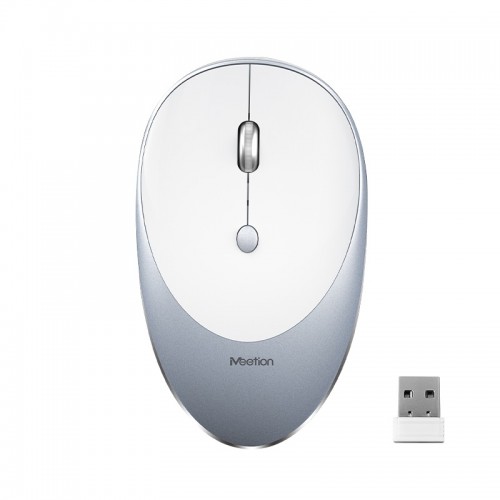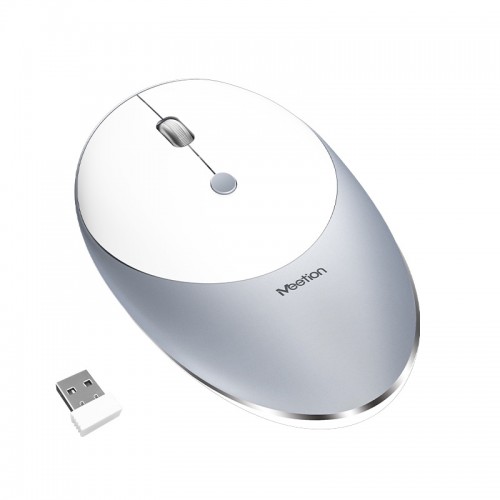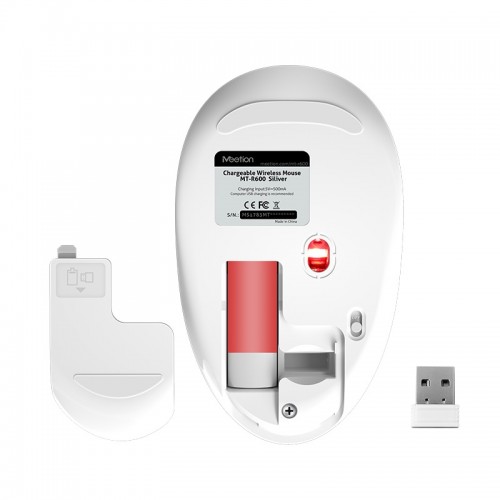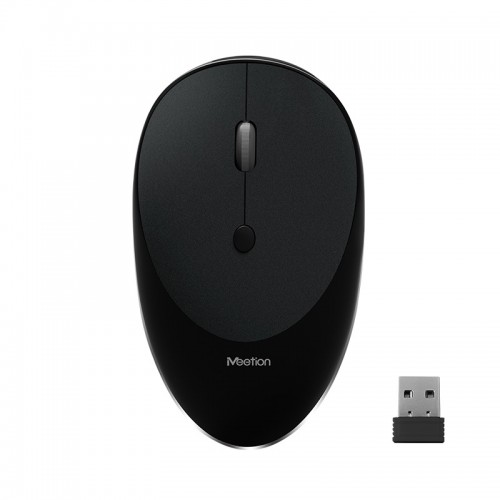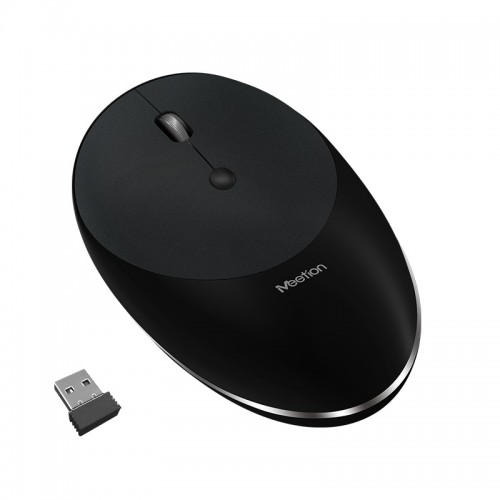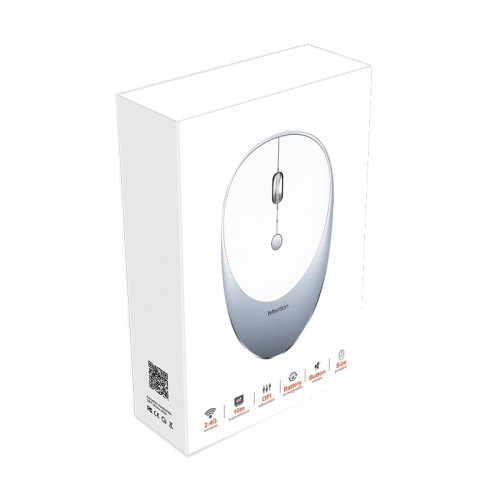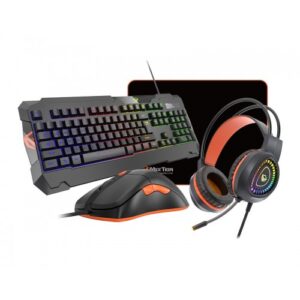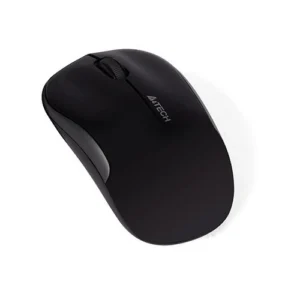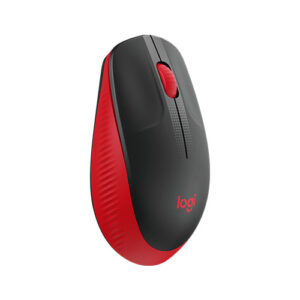Technical Specifications of Wireless Mice
Modern wireless mice have evolved significantly, offering a wide array of specifications that cater to both gamers and general users alike. A key feature of these devices is the number of keys available. Generally, a typical wireless mouse incorporates several buttons, which may include the standard left and right buttons, a clickable scroll wheel, and additional programmable keys that can enhance user productivity or gaming performance. This versatility allows users to customize their mouse according to their specific needs.
In terms of connectivity, most wireless mice utilize a 2.4GHz radio frequency for communication between the mouse and the computer. This established connection type is favored for its reliability and ability to provide a lag-free experience. Users connect the mouse through a compact USB nano receiver, which plugs into the computer’s USB port. This plug-and-play design ensures a seamless setup process, eliminating the need for complex configurations.
Another critical aspect is the transmission range. Most modern wireless mice support a transmission range of approximately 10 meters, providing sufficient distance for users to operate their devices comfortably, without being tethered to their computers. This feature is particularly advantageous in different environments, such as during presentations or while gaming from a distance.
Furthermore, wireless mice come equipped with optical sensors that offer various DPI settings, typically ranging from 1000 to 1600 DPI. This adjustable sensitivity is crucial for users who require precision, such as gamers who need swift and accurate cursor movements.
Finally, a notable specification is the switch lifecycle of modern wireless mice, which is rated at 5 million clicks. This durability highlights their suitability for both gaming and casual use, ensuring longevity and reliability for users who engage in extensive device interaction.
Physical and Warranty Specifications
When assessing the physical attributes of modern wireless mice, it is essential to consider the aesthetic appeal as well as the functionality. Many wireless mice are available in various color options, such as gloss silver and space gray, offering a touch of style to suit diverse user preferences. The sleek design not only enhances their visual appeal but also contributes to ergonomic comfort for extended use.
In terms of dimensions, a typical wireless mouse measures approximately 108 x 65 x 30 mm. This size strikes a balance between portability and usability, making it suitable for both home and office environments. With a weight of 70±5 g, users will find these mice lightweight, allowing for easy maneuverability without causing fatigue during prolonged use. Such specifications are crucial when selecting a mouse, as they directly impact the user’s comfort and experience.
Battery life is another vital aspect of wireless mice that should not be overlooked. Many modern models feature large-capacity rechargeable batteries, such as the 14500, which provides significant longevity. The rated voltage and current of 3.7V/8mA ensure that users can enjoy extended periods of uninterrupted operation between charges. This feature is particularly beneficial for those who utilize their mouse frequently or for long durations, reducing the need for frequent recharging and enhancing productivity.
Moreover, potential buyers should also consider the warranty offered with their wireless mouse. Most products come with a standard 1-year warranty period, providing peace of mind regarding the device’s durability and performance. This warranty serves as a safety net, ensuring that consumers are protected against manufacturing defects and encouraging quality assurance. Understanding these specifications can guide users in selecting the most suitable wireless mouse for their needs.
